Three of every four rural counties in the U.S. are in what the White House Coronavirus Task Force defines as a “red zone.”
The virus is spreading out of control in rural America, and it’s getting worse by the day https://trib.al/VyeEHLO ">https://trib.al/VyeEHLO&q...
The virus is spreading out of control in rural America, and it’s getting worse by the day https://trib.al/VyeEHLO ">https://trib.al/VyeEHLO&q...
The 10 counties with the highest number of cases per resident are all nonmetropolitan areas with fewer than 50,000 people.
To some extent, resistance to wearing masks and social-distancing has played a role in these outbreaks http://trib.al/VyeEHLO ">https://trib.al/VyeEHLO&q...
To some extent, resistance to wearing masks and social-distancing has played a role in these outbreaks http://trib.al/VyeEHLO ">https://trib.al/VyeEHLO&q...
But the explosion of Covid in rural communities isn’t a simple morality tale.
In most of these areas, the virus has intensified vulnerabilities decades in the making, and worsened chronic problems that can’t be solved with public-awareness campaigns http://trib.al/VyeEHLO ">https://trib.al/VyeEHLO&q...
In most of these areas, the virus has intensified vulnerabilities decades in the making, and worsened chronic problems that can’t be solved with public-awareness campaigns http://trib.al/VyeEHLO ">https://trib.al/VyeEHLO&q...
In Minnesota, the 21 most unhealthy counties are all rural. In Itasca County, the following activities exceed both state and national averages:
 https://abs.twimg.com/emoji/v2/... draggable="false" alt="🚬" title="Rauchzeichen" aria-label="Emoji: Rauchzeichen">Smoking
https://abs.twimg.com/emoji/v2/... draggable="false" alt="🚬" title="Rauchzeichen" aria-label="Emoji: Rauchzeichen">Smoking
 https://abs.twimg.com/emoji/v2/... draggable="false" alt="🍫" title="Schokoriegel" aria-label="Emoji: Schokoriegel">Obesity
https://abs.twimg.com/emoji/v2/... draggable="false" alt="🍫" title="Schokoriegel" aria-label="Emoji: Schokoriegel">Obesity
 https://abs.twimg.com/emoji/v2/... draggable="false" alt="🛋️" title="Couch und Lampe" aria-label="Emoji: Couch und Lampe">Physical inactivity
https://abs.twimg.com/emoji/v2/... draggable="false" alt="🛋️" title="Couch und Lampe" aria-label="Emoji: Couch und Lampe">Physical inactivity
 https://abs.twimg.com/emoji/v2/... draggable="false" alt="🍻" title="Anstoßende Bierkrüge" aria-label="Emoji: Anstoßende Bierkrüge">Excessive drinking
https://abs.twimg.com/emoji/v2/... draggable="false" alt="🍻" title="Anstoßende Bierkrüge" aria-label="Emoji: Anstoßende Bierkrüge">Excessive drinking
 https://abs.twimg.com/emoji/v2/... draggable="false" alt="🚘" title="Entgegenkommendes Auto" aria-label="Emoji: Entgegenkommendes Auto">Alcohol-impaired driving deaths
https://abs.twimg.com/emoji/v2/... draggable="false" alt="🚘" title="Entgegenkommendes Auto" aria-label="Emoji: Entgegenkommendes Auto">Alcohol-impaired driving deaths
http://trib.al/VyeEHLO ">https://trib.al/VyeEHLO&q...
http://trib.al/VyeEHLO ">https://trib.al/VyeEHLO&q...
Similar patterns have emerged from coast to coast.
Mortality rates for the five leading causes of death — heart disease, cancer, stroke, unintentional injury and chronic lower respiratory disease — are all higher in rural areas http://trib.al/VyeEHLO ">https://trib.al/VyeEHLO&q...
Mortality rates for the five leading causes of death — heart disease, cancer, stroke, unintentional injury and chronic lower respiratory disease — are all higher in rural areas http://trib.al/VyeEHLO ">https://trib.al/VyeEHLO&q...
Common indicators of mental illness, including suicide rates and drug overdoses, are also higher in rural areas.
There’s no one cause behind these bleak statistics, but several factors are clearly contributing http://trib.al/VyeEHLO ">https://trib.al/VyeEHLO&q...
There’s no one cause behind these bleak statistics, but several factors are clearly contributing http://trib.al/VyeEHLO ">https://trib.al/VyeEHLO&q...
People in rural America tend to be older and poorer than average, making it less likely that they’ll have access to decent health care in the first place. Poverty contributes to:
 https://abs.twimg.com/emoji/v2/... draggable="false" alt="➡️" title="Pfeil nach rechts" aria-label="Emoji: Pfeil nach rechts">Social isolation
https://abs.twimg.com/emoji/v2/... draggable="false" alt="➡️" title="Pfeil nach rechts" aria-label="Emoji: Pfeil nach rechts">Social isolation
 https://abs.twimg.com/emoji/v2/... draggable="false" alt="➡️" title="Pfeil nach rechts" aria-label="Emoji: Pfeil nach rechts">Drug abuse
https://abs.twimg.com/emoji/v2/... draggable="false" alt="➡️" title="Pfeil nach rechts" aria-label="Emoji: Pfeil nach rechts">Drug abuse
 https://abs.twimg.com/emoji/v2/... draggable="false" alt="➡️" title="Pfeil nach rechts" aria-label="Emoji: Pfeil nach rechts">Mental illness
https://abs.twimg.com/emoji/v2/... draggable="false" alt="➡️" title="Pfeil nach rechts" aria-label="Emoji: Pfeil nach rechts">Mental illness
http://trib.al/VyeEHLO ">https://trib.al/VyeEHLO&q...
http://trib.al/VyeEHLO ">https://trib.al/VyeEHLO&q...
These problems are only compounded by the glaring inequities of the U.S. health-care system.
Rural hospitals have struggled for years to stay afloat: Since 2005, 175 rural hospitals have closed, with 19 shutting down last year alone http://trib.al/VyeEHLO ">https://trib.al/VyeEHLO&q...
Rural hospitals have struggled for years to stay afloat: Since 2005, 175 rural hospitals have closed, with 19 shutting down last year alone http://trib.al/VyeEHLO ">https://trib.al/VyeEHLO&q...
Hospital closures can be devastating for isolated communities:
They’ve been shown to significantly increase mortality for people who have conditions that require immediate help, and they contribute to an acute shortage of intensive-care unit beds http://trib.al/VyeEHLO ">https://trib.al/VyeEHLO&q...
They’ve been shown to significantly increase mortality for people who have conditions that require immediate help, and they contribute to an acute shortage of intensive-care unit beds http://trib.al/VyeEHLO ">https://trib.al/VyeEHLO&q...
Even when a bed is available, a doctor may not be: Rural areas on average have only about 40 physicians for every 100,000 people, compared to about 53 in cities.
In short, rural America is a very bad place for a pandemic to spread http://trib.al/VyeEHLO ">https://trib.al/VyeEHLO&q...
In short, rural America is a very bad place for a pandemic to spread http://trib.al/VyeEHLO ">https://trib.al/VyeEHLO&q...
Some lessons have been learned during the crisis that could mitigate what’s likely to be a bleak winter of infection ahead. Rural areas need:
 https://abs.twimg.com/emoji/v2/... draggable="false" alt="🏥" title="Krankenhaus" aria-label="Emoji: Krankenhaus">Hospital upgrades
https://abs.twimg.com/emoji/v2/... draggable="false" alt="🏥" title="Krankenhaus" aria-label="Emoji: Krankenhaus">Hospital upgrades
 https://abs.twimg.com/emoji/v2/... draggable="false" alt="🥼" title="Lab coat" aria-label="Emoji: Lab coat">Larger supply of staffers
https://abs.twimg.com/emoji/v2/... draggable="false" alt="🥼" title="Lab coat" aria-label="Emoji: Lab coat">Larger supply of staffers
 https://abs.twimg.com/emoji/v2/... draggable="false" alt="⚕️" title="Äskulapstab" aria-label="Emoji: Äskulapstab">Expanded capacity for telemedicine
https://abs.twimg.com/emoji/v2/... draggable="false" alt="⚕️" title="Äskulapstab" aria-label="Emoji: Äskulapstab">Expanded capacity for telemedicine
 https://abs.twimg.com/emoji/v2/... draggable="false" alt="💻" title="Computer" aria-label="Emoji: Computer">Rural broadband
https://abs.twimg.com/emoji/v2/... draggable="false" alt="💻" title="Computer" aria-label="Emoji: Computer">Rural broadband
http://trib.al/VyeEHLO ">https://trib.al/VyeEHLO&q...
http://trib.al/VyeEHLO ">https://trib.al/VyeEHLO&q...
In the meantime, rural Americans will need to mask up and socially distance.
Until vaccines are widely available, it may be the best these struggling areas can hope for http://trib.al/VyeEHLO ">https://trib.al/VyeEHLO&q...
Until vaccines are widely available, it may be the best these struggling areas can hope for http://trib.al/VyeEHLO ">https://trib.al/VyeEHLO&q...

 Read on Twitter
Read on Twitter

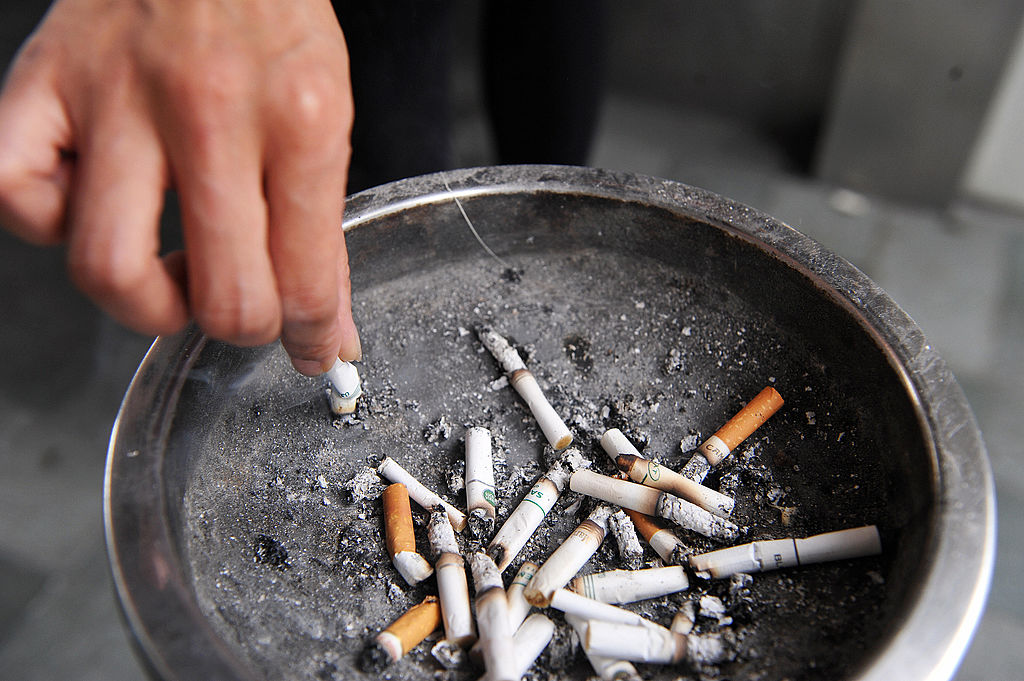 Smokinghttps://abs.twimg.com/emoji/v2/... draggable="false" alt="🍫" title="Schokoriegel" aria-label="Emoji: Schokoriegel">Obesityhttps://abs.twimg.com/emoji/v2/... draggable="false" alt="🛋️" title="Couch und Lampe" aria-label="Emoji: Couch und Lampe">Physical inactivityhttps://abs.twimg.com/emoji/v2/... draggable="false" alt="🍻" title="Anstoßende Bierkrüge" aria-label="Emoji: Anstoßende Bierkrüge">Excessive drinkinghttps://abs.twimg.com/emoji/v2/... draggable="false" alt="🚘" title="Entgegenkommendes Auto" aria-label="Emoji: Entgegenkommendes Auto">Alcohol-impaired driving deaths https://trib.al/VyeEHLO&q..." title="In Minnesota, the 21 most unhealthy counties are all rural. In Itasca County, the following activities exceed both state and national averages:https://abs.twimg.com/emoji/v2/... draggable="false" alt="🚬" title="Rauchzeichen" aria-label="Emoji: Rauchzeichen">Smokinghttps://abs.twimg.com/emoji/v2/... draggable="false" alt="🍫" title="Schokoriegel" aria-label="Emoji: Schokoriegel">Obesityhttps://abs.twimg.com/emoji/v2/... draggable="false" alt="🛋️" title="Couch und Lampe" aria-label="Emoji: Couch und Lampe">Physical inactivityhttps://abs.twimg.com/emoji/v2/... draggable="false" alt="🍻" title="Anstoßende Bierkrüge" aria-label="Emoji: Anstoßende Bierkrüge">Excessive drinkinghttps://abs.twimg.com/emoji/v2/... draggable="false" alt="🚘" title="Entgegenkommendes Auto" aria-label="Emoji: Entgegenkommendes Auto">Alcohol-impaired driving deaths https://trib.al/VyeEHLO&q..." class="img-responsive" style="max-width:100%;"/>
Smokinghttps://abs.twimg.com/emoji/v2/... draggable="false" alt="🍫" title="Schokoriegel" aria-label="Emoji: Schokoriegel">Obesityhttps://abs.twimg.com/emoji/v2/... draggable="false" alt="🛋️" title="Couch und Lampe" aria-label="Emoji: Couch und Lampe">Physical inactivityhttps://abs.twimg.com/emoji/v2/... draggable="false" alt="🍻" title="Anstoßende Bierkrüge" aria-label="Emoji: Anstoßende Bierkrüge">Excessive drinkinghttps://abs.twimg.com/emoji/v2/... draggable="false" alt="🚘" title="Entgegenkommendes Auto" aria-label="Emoji: Entgegenkommendes Auto">Alcohol-impaired driving deaths https://trib.al/VyeEHLO&q..." title="In Minnesota, the 21 most unhealthy counties are all rural. In Itasca County, the following activities exceed both state and national averages:https://abs.twimg.com/emoji/v2/... draggable="false" alt="🚬" title="Rauchzeichen" aria-label="Emoji: Rauchzeichen">Smokinghttps://abs.twimg.com/emoji/v2/... draggable="false" alt="🍫" title="Schokoriegel" aria-label="Emoji: Schokoriegel">Obesityhttps://abs.twimg.com/emoji/v2/... draggable="false" alt="🛋️" title="Couch und Lampe" aria-label="Emoji: Couch und Lampe">Physical inactivityhttps://abs.twimg.com/emoji/v2/... draggable="false" alt="🍻" title="Anstoßende Bierkrüge" aria-label="Emoji: Anstoßende Bierkrüge">Excessive drinkinghttps://abs.twimg.com/emoji/v2/... draggable="false" alt="🚘" title="Entgegenkommendes Auto" aria-label="Emoji: Entgegenkommendes Auto">Alcohol-impaired driving deaths https://trib.al/VyeEHLO&q..." class="img-responsive" style="max-width:100%;"/>
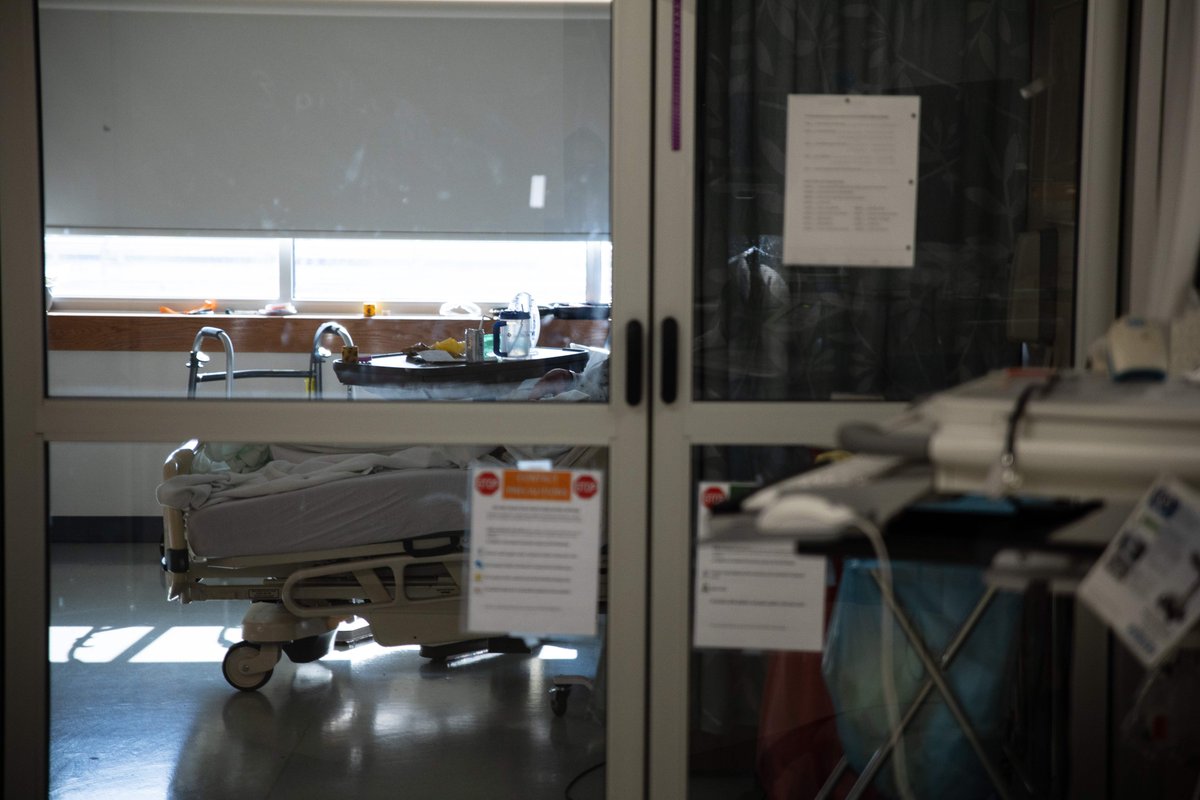
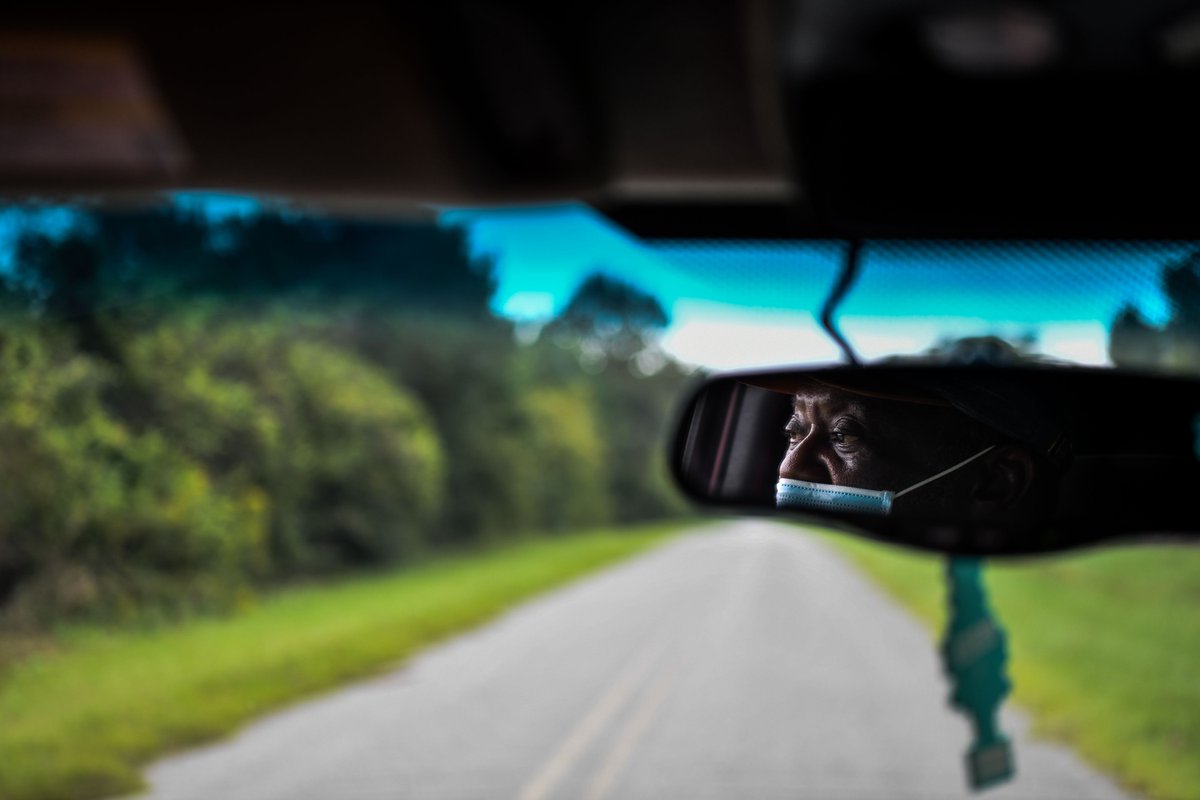
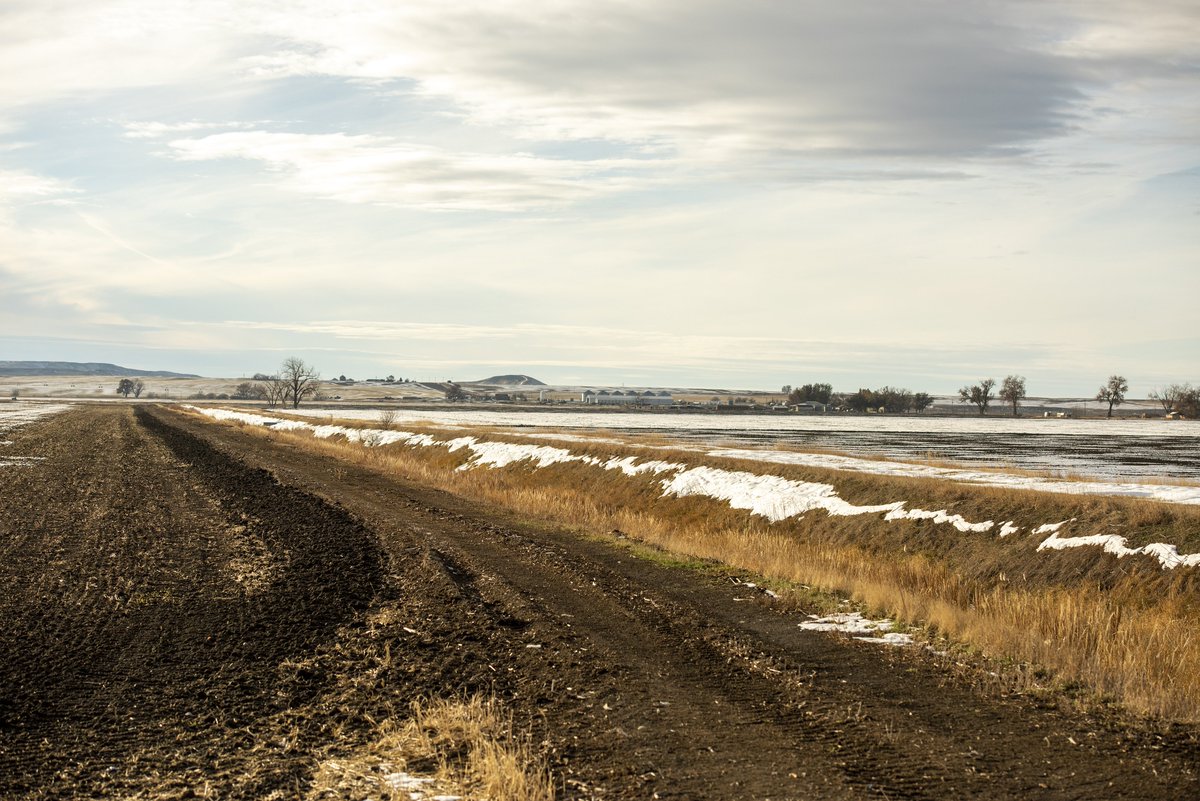 Social isolationhttps://abs.twimg.com/emoji/v2/... draggable="false" alt="➡️" title="Pfeil nach rechts" aria-label="Emoji: Pfeil nach rechts">Drug abusehttps://abs.twimg.com/emoji/v2/... draggable="false" alt="➡️" title="Pfeil nach rechts" aria-label="Emoji: Pfeil nach rechts">Mental illness https://trib.al/VyeEHLO&q..." title="People in rural America tend to be older and poorer than average, making it less likely that they’ll have access to decent health care in the first place. Poverty contributes to:https://abs.twimg.com/emoji/v2/... draggable="false" alt="➡️" title="Pfeil nach rechts" aria-label="Emoji: Pfeil nach rechts">Social isolationhttps://abs.twimg.com/emoji/v2/... draggable="false" alt="➡️" title="Pfeil nach rechts" aria-label="Emoji: Pfeil nach rechts">Drug abusehttps://abs.twimg.com/emoji/v2/... draggable="false" alt="➡️" title="Pfeil nach rechts" aria-label="Emoji: Pfeil nach rechts">Mental illness https://trib.al/VyeEHLO&q..." class="img-responsive" style="max-width:100%;"/>
Social isolationhttps://abs.twimg.com/emoji/v2/... draggable="false" alt="➡️" title="Pfeil nach rechts" aria-label="Emoji: Pfeil nach rechts">Drug abusehttps://abs.twimg.com/emoji/v2/... draggable="false" alt="➡️" title="Pfeil nach rechts" aria-label="Emoji: Pfeil nach rechts">Mental illness https://trib.al/VyeEHLO&q..." title="People in rural America tend to be older and poorer than average, making it less likely that they’ll have access to decent health care in the first place. Poverty contributes to:https://abs.twimg.com/emoji/v2/... draggable="false" alt="➡️" title="Pfeil nach rechts" aria-label="Emoji: Pfeil nach rechts">Social isolationhttps://abs.twimg.com/emoji/v2/... draggable="false" alt="➡️" title="Pfeil nach rechts" aria-label="Emoji: Pfeil nach rechts">Drug abusehttps://abs.twimg.com/emoji/v2/... draggable="false" alt="➡️" title="Pfeil nach rechts" aria-label="Emoji: Pfeil nach rechts">Mental illness https://trib.al/VyeEHLO&q..." class="img-responsive" style="max-width:100%;"/>

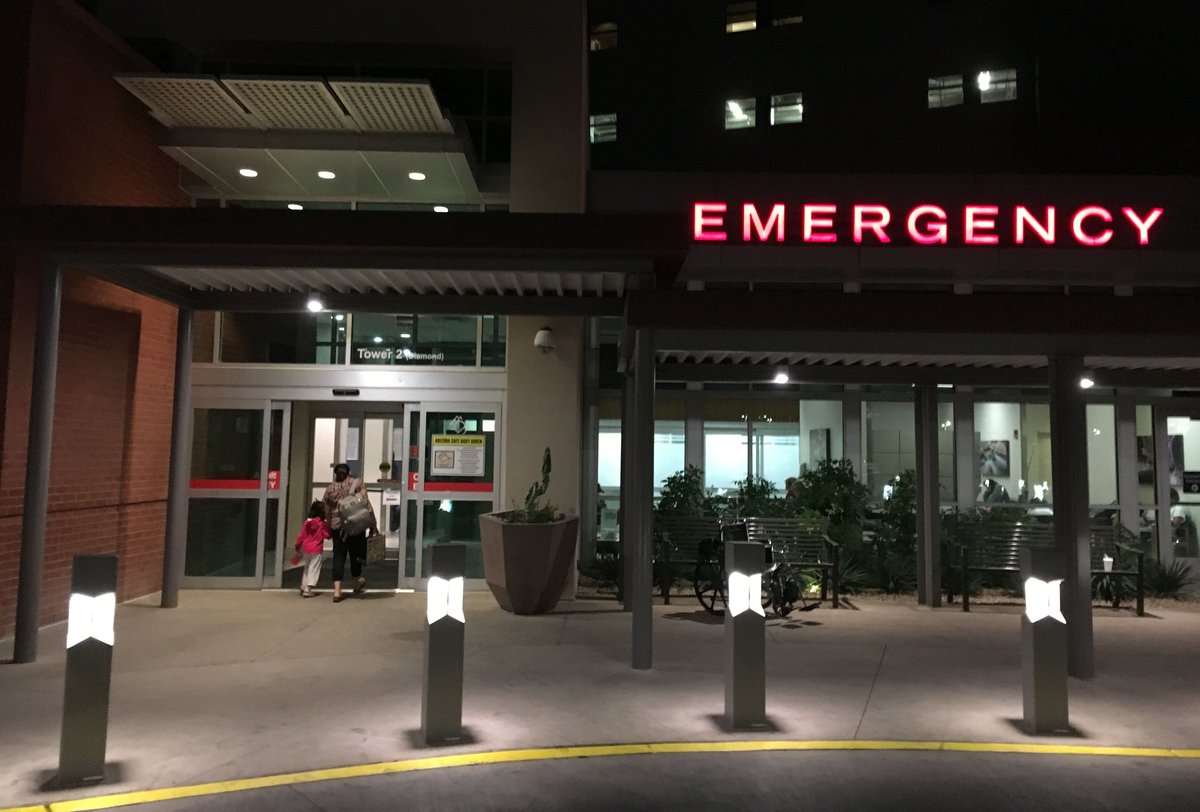

 Hospital upgradeshttps://abs.twimg.com/emoji/v2/... draggable="false" alt="🥼" title="Lab coat" aria-label="Emoji: Lab coat">Larger supply of staffershttps://abs.twimg.com/emoji/v2/... draggable="false" alt="⚕️" title="Äskulapstab" aria-label="Emoji: Äskulapstab">Expanded capacity for telemedicinehttps://abs.twimg.com/emoji/v2/... draggable="false" alt="💻" title="Computer" aria-label="Emoji: Computer">Rural broadband https://trib.al/VyeEHLO&q..." title="Some lessons have been learned during the crisis that could mitigate what’s likely to be a bleak winter of infection ahead. Rural areas need: https://abs.twimg.com/emoji/v2/... draggable="false" alt="🏥" title="Krankenhaus" aria-label="Emoji: Krankenhaus">Hospital upgradeshttps://abs.twimg.com/emoji/v2/... draggable="false" alt="🥼" title="Lab coat" aria-label="Emoji: Lab coat">Larger supply of staffershttps://abs.twimg.com/emoji/v2/... draggable="false" alt="⚕️" title="Äskulapstab" aria-label="Emoji: Äskulapstab">Expanded capacity for telemedicinehttps://abs.twimg.com/emoji/v2/... draggable="false" alt="💻" title="Computer" aria-label="Emoji: Computer">Rural broadband https://trib.al/VyeEHLO&q..." class="img-responsive" style="max-width:100%;"/>
Hospital upgradeshttps://abs.twimg.com/emoji/v2/... draggable="false" alt="🥼" title="Lab coat" aria-label="Emoji: Lab coat">Larger supply of staffershttps://abs.twimg.com/emoji/v2/... draggable="false" alt="⚕️" title="Äskulapstab" aria-label="Emoji: Äskulapstab">Expanded capacity for telemedicinehttps://abs.twimg.com/emoji/v2/... draggable="false" alt="💻" title="Computer" aria-label="Emoji: Computer">Rural broadband https://trib.al/VyeEHLO&q..." title="Some lessons have been learned during the crisis that could mitigate what’s likely to be a bleak winter of infection ahead. Rural areas need: https://abs.twimg.com/emoji/v2/... draggable="false" alt="🏥" title="Krankenhaus" aria-label="Emoji: Krankenhaus">Hospital upgradeshttps://abs.twimg.com/emoji/v2/... draggable="false" alt="🥼" title="Lab coat" aria-label="Emoji: Lab coat">Larger supply of staffershttps://abs.twimg.com/emoji/v2/... draggable="false" alt="⚕️" title="Äskulapstab" aria-label="Emoji: Äskulapstab">Expanded capacity for telemedicinehttps://abs.twimg.com/emoji/v2/... draggable="false" alt="💻" title="Computer" aria-label="Emoji: Computer">Rural broadband https://trib.al/VyeEHLO&q..." class="img-responsive" style="max-width:100%;"/>



